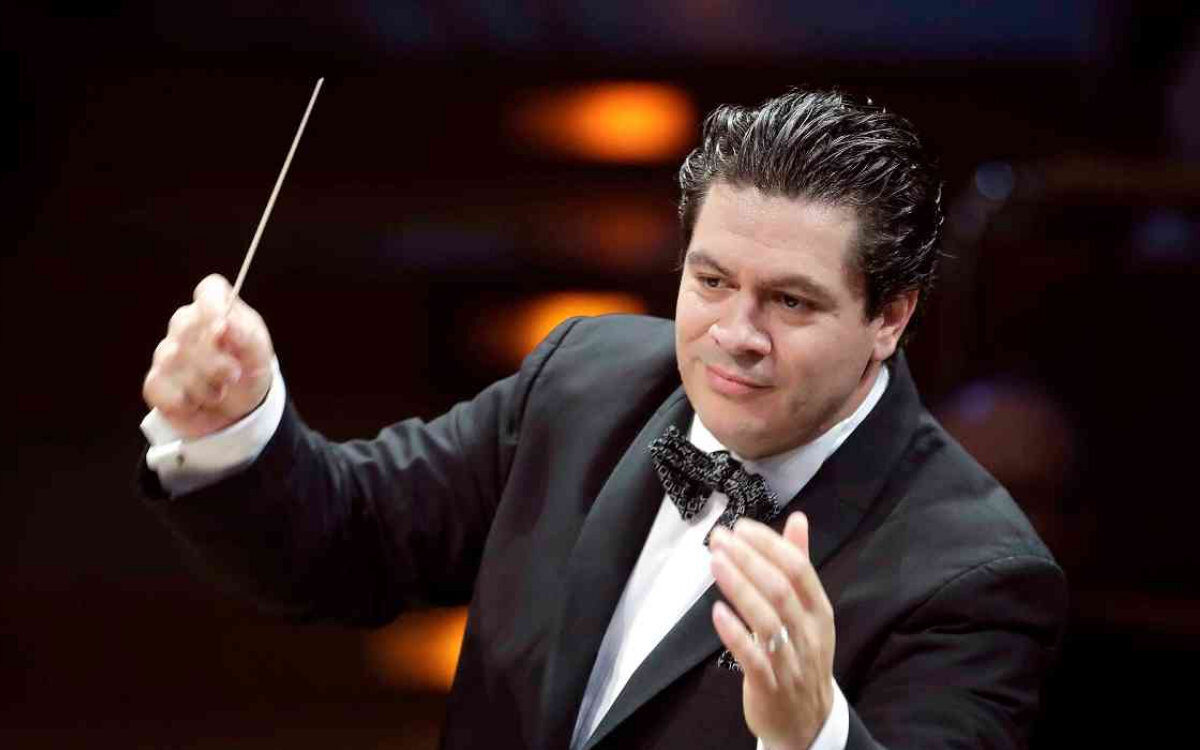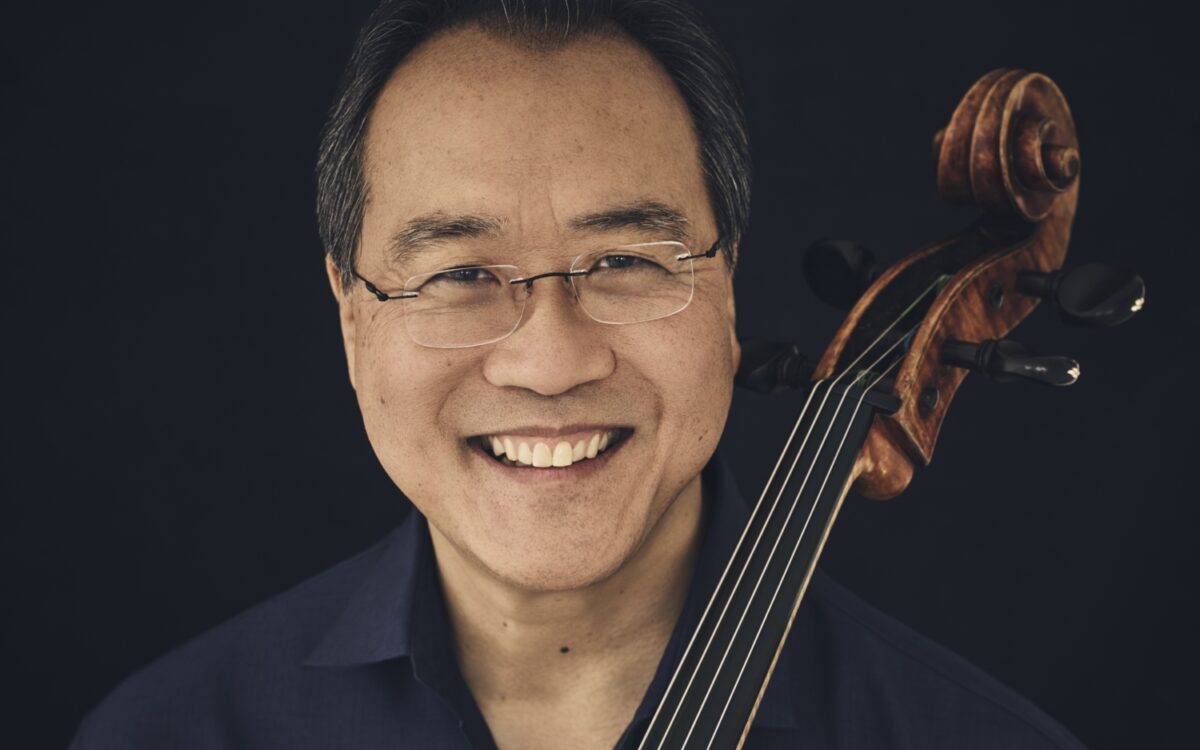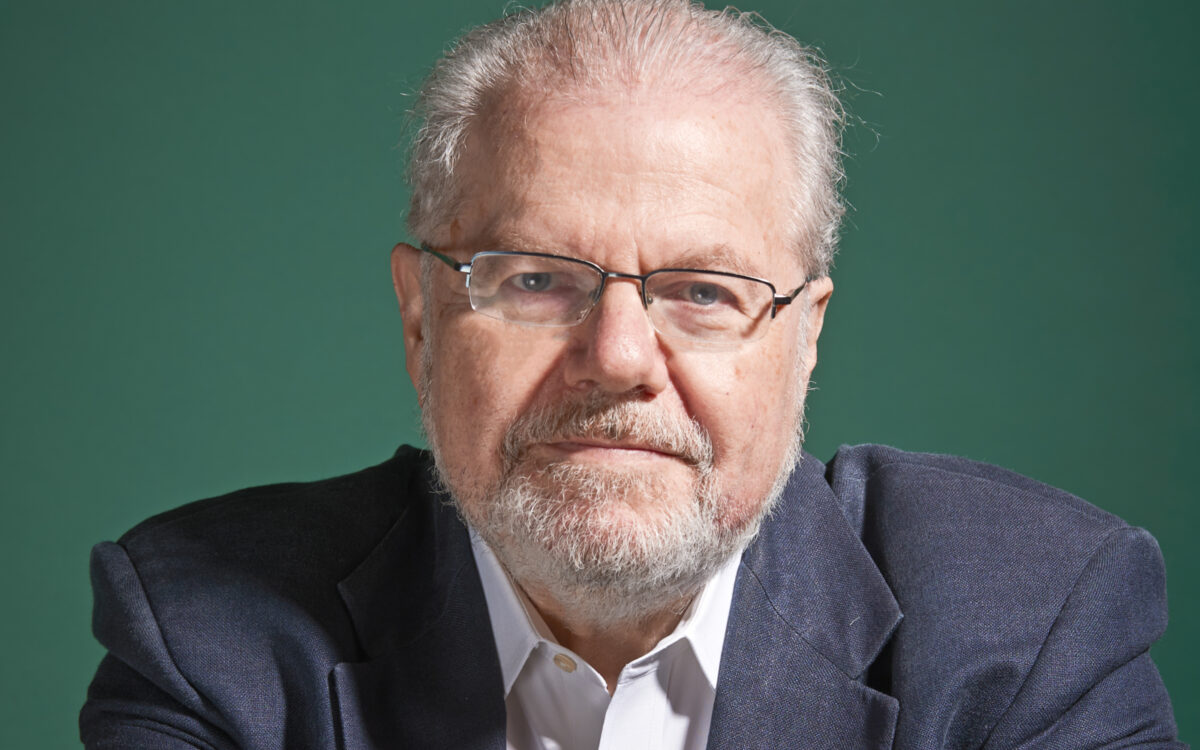Romanian Rhapsody No. 1
George Enescu was born in Liveni, Romania, on August 19, 1881, and died in Paris, France on May 4, 1955. He composed his two Romanian rhapsodies, Opus 11, in 1901; they were premiered on the same concert in Bucharest on February 23, 1903, the composer conducting.
The score of the Romanian Rhapsody No. 1 calls for 3 flutes (3rd doubling piccolo), 2 oboes, English horn, 2 clarinets in A, 2 bassoons, 4 horns, 2 trumpets in C, 2 cornets in A, 3 trombones, tuba, timpani, percussion (triangle, cymbals, snare drum), 2 harps, and strings (first and second violins, violas, cellos, and double basses). Duration is about 12 minutes.
Few musicians in the history of music have been as unanimously acclaimed as George Enescu. For Pablo Casals he was “the greatest musical phenomenon since Mozart”; Yehudi Menuhin saw him as “one of the true wonders of the world,” while David Oistrakh only needed two words to describe him: “A god.” Enescu was one of those musicians who simply excelled in everything he did: violinist, pianist, conductor, teacher, composer…. Some of his feats leave us speechless: he once performed, in a single evening, all the chairs of a string quartet (i.e., playing violin, viola, and cello parts). It is said that he played 48 violin sonatas from memory for a series of 16 recitals, and that he was able to play complex modern works from memory after simply reading through the score. It was also said that he would have been able to restore all of Beethoven’s works in the event that they had disappeared. During his studies at the conservatories of Vienna (where he entered at the age of 7) and Paris (where he was a pupil of Gabriel Fauré), his main interest was composition despite his obvious talent both as a violinist and a pianist. For the rest of his life, he divided his time between performance and composition, between Paris and Bucharest. Already in his first compositions, written while he was still in his teens, Enescu’s musical language was inspired above all by the Romanian folklore of his native country, which he either quotes or reinvents, without forsaking the French and Germanic traditions which he knew very well. At once modern but not inaccessible, and classical without being antiquated, his music appears like a link between Europe’s East and West. Although his official catalog contains a mere thirty-three opus numbers, Enescu dabbled in all genres: solo piano, chamber music (a favorite field), symphonies, art songs (especially in his youth), and opera, his Oedipus, hailed as a masterpiece and the summation of his art at its premiere in 1936.
Written in 1901 when Ensecu was not yet 20, the first Romanian Rhapsody became his signature work. It earned him a place in the musical Olympus of his homeland, but its popularity also tends to overshadow his later compositions and he eventually saw it as both a curse and a blessing. The work clearly follows the model established by Franz Liszt’s Hungarian Rhapsodies, a series of pieces for piano based on Hungarian folk themes (or what were thought to be such). The word “rhapsody” comes from the Greek rhapsodos, composed of the words “rhaptein” (to sew, to mend) and “odein” (to sing). Thus, a “rhapsode” was one who “sewed together” various songs and the most diverse epic narratives, and “patched together” disparate things. To put it casually, a rhapsody is thus a musical patchwork.
In the 19th century, after Liszt, the rhapsody became the vehicle of folk and traditional melodies and dances put together as a succession of musical ideas, evoking a snapshot of a city, a region, or a country. At a time when quality sound recording was still a fantasy, musical rhapsodies may have sounded like aural travel impressions, which expressed the longing for faraway places, for exotic flair, and for a new, previously unheard music. While the Hungarian Béla Bartók (born the same year as Enescu) embarked on a systematical exploration of traditional music, Enescu never carried out scientific research in this field and never sought absolute authenticity, but thanks to his exceptional memory, he was able to remember the popular tunes he heard as a child and use them in an orchestral setting. In Enescu’s hands, the rhapsody becomes a fusion of elements of German Romanticism, French Impressionism, and traditional lăutari (the class of professional Romanian and Moldavian musicians, playing such instruments as violin, clarinet, cobza [lute], tambal [dulcimer or cimbalom], accordion, and double bass at weddings, funerals, and other festivities).
Dreamy, like a distant shepherd’s shawm, the solo clarinet opens the first Romanian Rhapsody with a traditional drinking song, “Am un leu şi vreu să-l beu” [“I have a penny and I wish to spend it on a drink”], which is continued by the oboe and then repeated two more times with increasingly larger instrumentation and faster tempo. Set off by a new rhythm, the second folk music quotation appears in the hora “lui Dobrică” (“of Dobrica”), a popular circle dance performed at weddings and festivals that begins with a spirited upward swing by the violins accompanied by two harps, here taking the role of the traditional dulcimer. An interpolated, lovely sârbă, another circle danse with a dotted rhythm is followed by another repetition of the hora, in which the solo viola first takes the lead before the sârbă is again briefly heard. The folk song “Mugur-Mugurel” [“Sprout, you little sprout”] that follows seems exceedingly somber in comparison, but its melancholy is very quickly lightened by the recurring horă and sârbă. In the next quote, “Ciocârlia” [“The lark”], the woodwinds perform a veritable bird concert over the eighth notes of the strings. The round of folk songs and dances spins ever faster and more furiously, finally reaching a tempo that literally tears the listeners out of their seats.
Dedicated to Enescu’s Paris classmate, the composer and teacher Bernard-Louis Crocé-Spinelli, the first Romanian Rhapsody was premiered on March 8, 1903, at the Romanian Athenaeum concert hall in Bucharest under the composer’s baton. The work was a huge success from the moment of its premiere, and its popularity has never waned since, to the point where it may have overshadowed the rest of Enescu’s production. Admittedly, it is impossible to resist such exuberance, virtuosity, and infectious good spirits. In this work, Enescu succeeded in conveying the folk-musical spirit through the lens of late Romanticism, which ultimately cemented his reputation as the founder of a Romanian national school.
Jean-Pascal Vachon
Based in Vienna, Canada-born musicologist Jean-Pascal Vachon is booklet editor at BIS Records. He is also director of the music department at the Institute for European Studies in Vienna and teaches at Webster University (Vienna) and Donau Universität (Krems).
The Boston Symphony Orchestra added the Rhapsody no. 1 to its repertoire under Max Fiedler’s direction in February 1912; the work became a staple of the Boston Pops repertoire by the 1930s. The last subscription performances of the Rhapsody before 2022 were led by the composer in January 1939.



